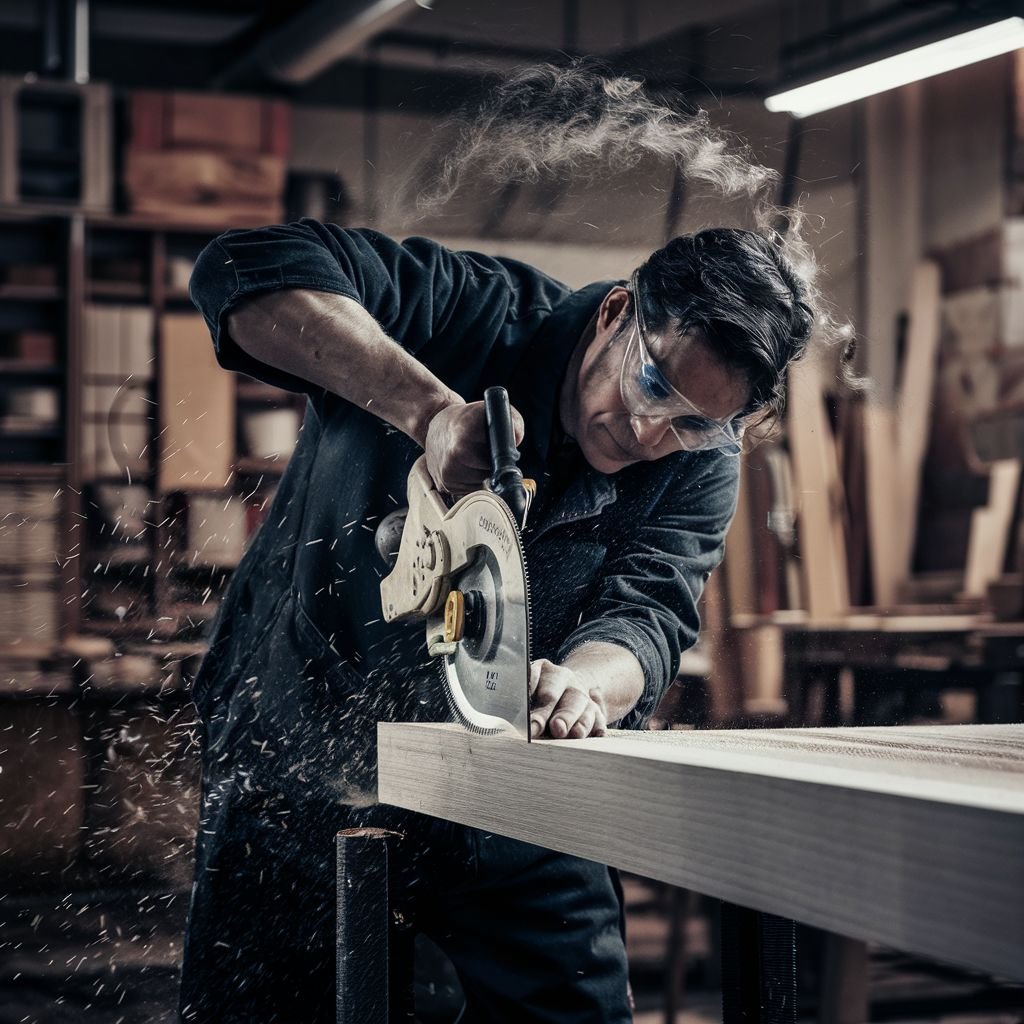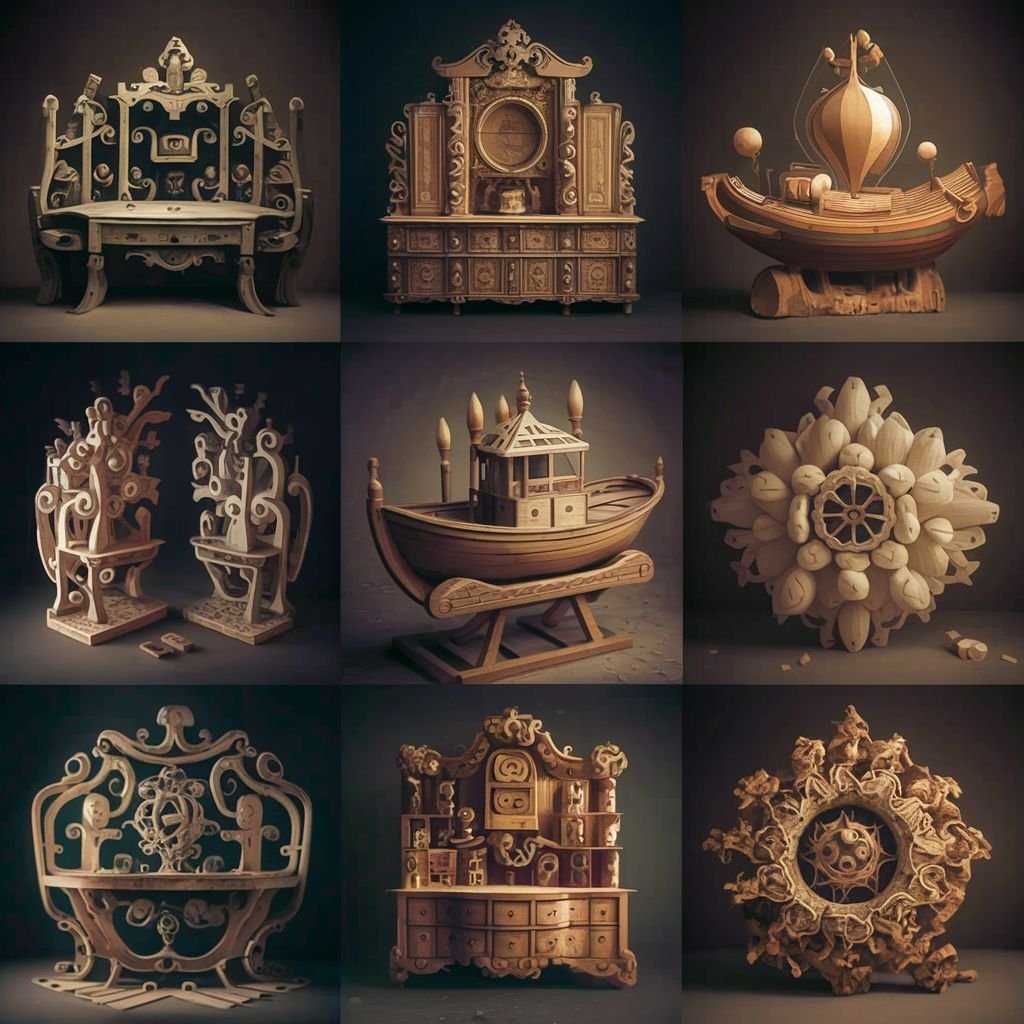Precision is one of the critical factors that differentiate between a good and an excellent carpentry project. This blog discusses the world of advanced curved carpentry techniques, focusing on the importance of precision, the significance of Carpenter curved tools, and how these can be secured and mastered.
Understanding the importance of precision in carpentry

Every cut, joint, and detail are essential when making both small and larger woodworking items. Precision is what makes two pieces, regardless of the disk’s size, opposite arms of a glossy apple. This is where precision comes in, whether the employed product is solid, cabinet, or decorative.
Overview of Carpenter curved tools and their significance

Curved tools such as gouges, chisels and saws are used for intricate woodworking designs and patterns. Working on large projects requires curved tools to enhance your tools to create curved, contour, and detailed cutting designs that cannot be created by straight tools. Setting the foundation for mastering advanced carpentry techniques.
Setting the foundation for mastering advanced carpentry techniques

it is essential to have a solid foundation in basic woodworking skills before diving into advanced curved carpentry techniques,. How to handle tools safely? Make accurate measurements and create precise cuts will set you up for success in mastering curved tools.
Choosing the Right Curved Tool

Selecting the appropriate curved tool for your project is vital to ensure that your work is precise and efficient. When deciding which type of curved tool to use, there are several factors to keep in mind.
Exploring the different types of carpenter curved tools available

several types of carpenter curved tools ranging from spoon gouges to flat, whet, and curved chisels are available. Each type of curved tool has its unique characteristics and utilizes that are suitable for specific applications; this makes it vital to understand each tool’s qualities to make an informed choice.
Consider your material, the type of cut or design you wish to achieve, and your level of expertise

when choosing which curved tool is right for your project, take into consideration the piece of wood or other material you are using, as well as the design or cut you aim to make. Your level of expertise with using a curved tool will also play a factor in your decision.
Mastering Curved Tool Techniques
Students should keep the following in mind when using the term ‘curved tool’ in their article.
Caring for curved tools
Tips to maintain your focus on sharpening, cleaning, and storing your tools to increase functionality and longevity:
Once you have acquired the right curved tool, you would need to learn how to make precision cuts and develop patterns and designs in a piece of wood using the following techniques.
Precision cutting
To determine how effectively you can make the cut you want using the curved tool you have, try to create a straight line with it, slowly increasing the strength and pressure between the wood and the blade’s tip.
Carve-in designs
: * Choose the source or straight curved tool that’ll serve as the perfect blade tip for your design and practice creating one out of it.
Enhancing woodworking projects with curved tools
Use curved tools to add decorative elements, textures, and details that elevate your projects and showcase your craftsmanship
Advanced joinery techniques
Incorporating curved tools in joinery can allow you to take your woodworking skills to the next level, enabling you to create seamless joints and complex structures.
Specific recommendations
Incorporating curved tools in joinery Use curved tools in traditional joinery techniques such as dovetails, mortise and tenon joints and lap joints to give your projects a dynamic look.
Creating seamless joints with curved tools
Always ensure that your joints fit and align well and have a high level of precision with these tools to make them robust and attractive.
Tips for improving precision in joinery with curved tools

Practice measuring, marking, and cutting accurately to make your joinery as precise as possible, ensuring tight-fitting workpieces and demonstrating your dedication to detail.
Finishing Touches and Beyond
Adding embellishments and decorations with curved tools can transform your woodworking projects into works of art.
More Adding embellishments and decorations with curved tools
Use curved tools to apply extra flourishes and decorations to your woodworking projects, such as carvings, engravings, or inlays. Take a no fear of ruining your real work and also use an inlay tool .
Finishing techniques for curved tool woodworking projects
try various finishing processes such as staining, painting, or varnishing to preserve and draw attention to the subtleties of detail in your woodworking.
Exploring advanced projects and pushing the boundaries of precision

After you have understood the fundamentals of curved carpentry, design a few difficult projects to stretch yourself and encounter more difficult boundary requirements.
Finally, whether you seek to learn more about the art or want to acquire the skills necessary to become proficient in advanced curved carpentry, there are several sources available to you online. Find tutorials, workshops, and online forums where you can interact with fellow woodworking craftsmen as well as seasoned professionals who may be able to give you new tips and techniques, while enhancing your passion for the art.
Conclusion
In conclusion, mastering advanced curved carpentry techniques being an ingredient of success require devotion, practice and close observance of precision. More so, knowing the importance of precision and choosing the right curved tools and materials, mastering the techniques and further advancing your skills and knowledge, you will have a seamless flow of creating more advanced and beautiful works. Recap on the Importance of Precision in Carpentry Precision in carpentry is critical to ensuring that your work gets fouled or destroyed. Final thoughts on mastering advanced curved carpentry technique. Conclusion With mastery of using curved tools and advancing precision, you can create anything in woodwork and be able to advance and get professional products. Resources for further learning and practice.






1 Comment